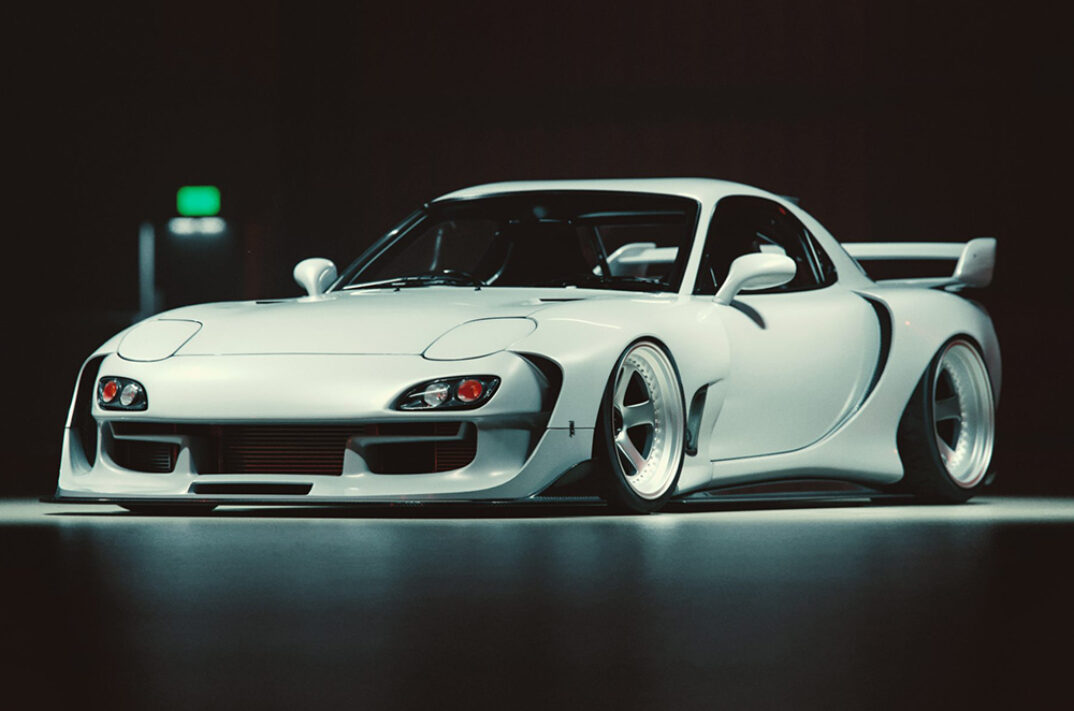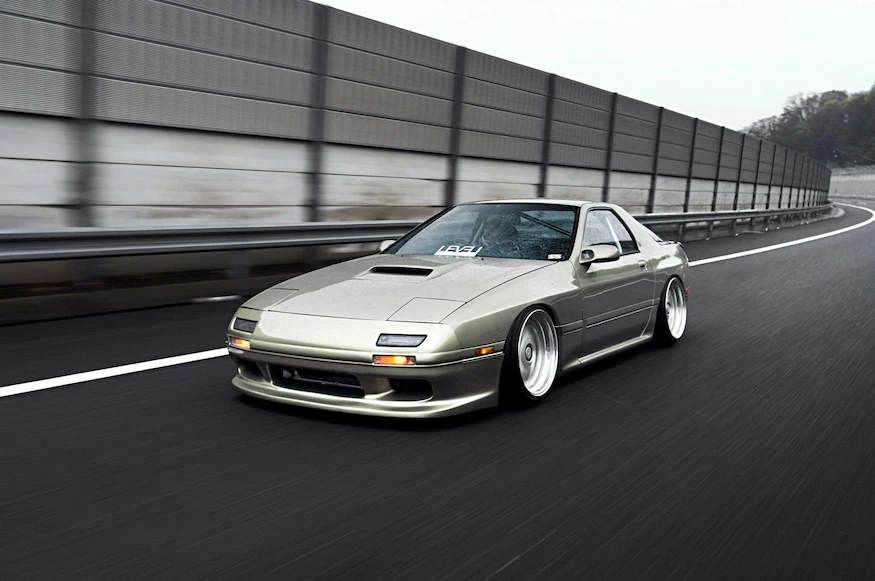 rx7
rx7 engine
series 4,5
series 4,5
series 6,7,8
rx7
rx7 engine
series 4,5
series 4,5
series 6,7,8
series 6
Series 6 was exported throughout the world and had the highest sales.[citation needed] In Japan, Mazda sold the RX-7 through its ɛ̃fini brand as the ɛ̃fini RX-7. Models in Japan included the Type S, the base model, Type R, the lightweight sports model, Type RZ, Type RB, A-spec and the Touring X, which came with a four-speed automatic transmission.[28] The RX-7 was sold in 1993–1995 in the U.S. and Canada. The Series 6 was rated at 255 PS (188 kW; 252 hp) and 294.
its place a substantially bulkier looking car and while the dimensions weren’t dissimilar to the previous generation car, it tipped the scales at 1270kg a whopping 175kg more.
series 7
Series 7 included minor changes to the car. Updates included a simplified vacuum routing manifold and a 16-bit ECU which combined with an improved intake system netted an extra 10 PS (7 kW). This additional horsepower was only available on manual transmission cars as the increase in power was only seen above 7,000 rpm, which was the redline for automatic transmission equipped cars. The rear spoiler and tail lights were also redesigned. The Type RZ model was now equipped with larger brake rotors as well as 17-inch BBS wheels. In Japan, the Series 7 RX-7 was marketed under the Mazda and ɛ̃fini brand name. The Series 7 was also sold in Australia, New Zealand and the UK. Series 7 RX-7s were produced only in right-hand-drive configuration.
series 8
Series 8 was the final series, and was only available in the Japanese market. More efficient turbochargers were available on certain models, while improved intercooling and radiator cooling was made possible by a redesigned front fascia with larger openings. The seats, steering wheel, and instrument cluster were all changed. The rear spoiler was modified and gained adjustability on certain models. Three horsepower levels are available: 255 PS (188 kW; 252 hp) for automatic transmission equipped cars, 265 PS (195 kW; 261 hp)for the Type RB, and 280 PS (206 kW; 276 hp) available on the top-of-the-line sporting models. The high-end "Type RS" came equipped with Bilstein suspension and 17-inch wheels as standard equipment, and reduced weight to 1,280 kg (2,822 lb). Power was increased with the addition of a less restrictive muffler and more efficient turbochargers which featured abradable compressor seals, 280 PS (206 kW; 276 hp) at 6,500 rpm and 314 N⋅m (232 lb⋅ft) of torque at 5000 rpm as per the maximum Japanese limit. The Type RS had a brake upgrade by increasing rotor diameter front and rear to 314 mm (12.4 in) and front rotor thickness from 22 mm (0.9 in) to 32 mm (1.3 in). The Type RS version also sported a 4.30 final drive ratio, providing a significant reduction in its 0–100 km/h (62 mph) time. The gearbox was also modified, 5th gear was made longer to reduce cruising rpm and improve fuel efficiency.
